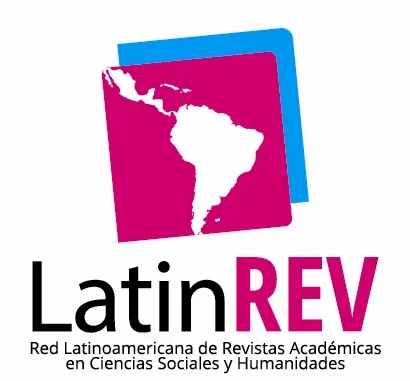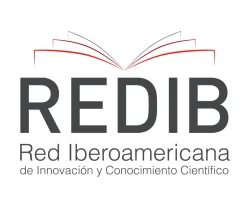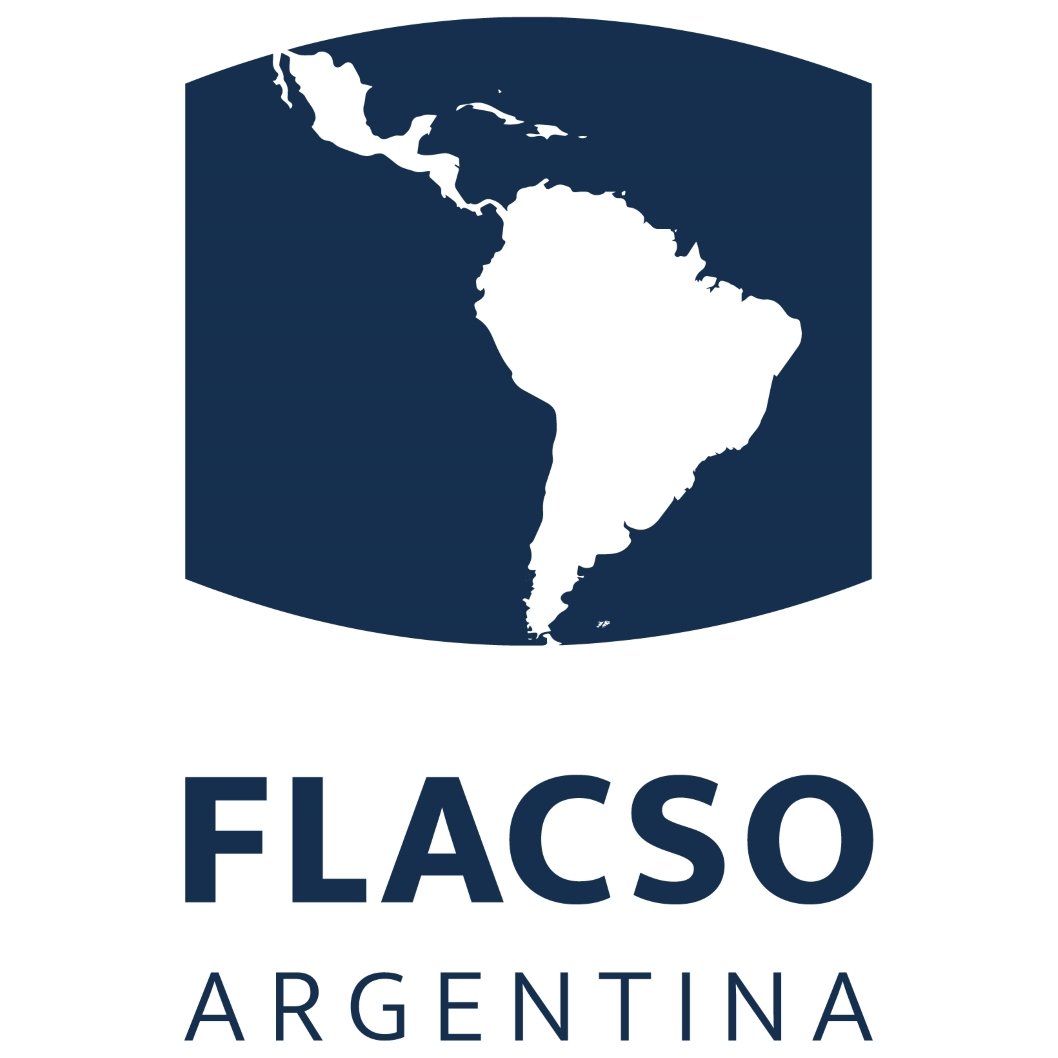Evaluation of the Seismic Vulnerability of Typical Buildings in the Urban Area of Cuenca by Me ans of Simulation and Multivariate Techniques
Resumen
The study uses simulation techniques and multivariate analysis to evaluate the seismic vulnerability of typical buildings in the urban area of Cuenca, Ecuador. Located in an area of rich cultural heritage and high seismic activity, it highlights the need to implement mitigation strategies to preserve the architectural heritage and ensure the safety of its occupants. The structural response to earthquakes is evaluated through the modeling of representative prototypes and the application of specific models for confined and unreinforced masonry. The results show significant differences in the resistance of materials such as adobe and brick, with a considerable portion of buildings prone to collapse in medium-high intensity seismic events. The research shows the relevance of incorporating holistic approaches in urban planning and construction practices, taking into account the socioeconomic and cultural dynamics of the population, in addition to seismic standards. This analysis offers a valuable perspective for future research and the formulation of seismic risk prevention policies, bringing an innovative approach to the field of the relationship between seismic intensity and structural deformation.
Descargas
Citas
Mora A. Estudio de vulnerabilidad sísmica, rehabilitación y evaluación del índice de daño de una edificación perteneciente al patrimonio central edificado en la ciudad de Cuenca-Ecuador. En 2017 [citado 23 de febrero de 2024]. Disponible en:
Jiménez-Pacheco J, Quezada R, Calderón-Brito J, Ortega-Guamán E, García H. Characterisation of the built heritage of historic centres oriented to the assessment of its seismic vulnerability: The case of Cuenca, Ecuador. International Journal of Disaster Risk Reduction. 1 de marzo de 2022;71:102784.
García H, Degrande G. Seismic vulnerability analysis of a two-story family dwelling in confined masonry in Cuenca, Ecuador. Maskana. 28 de diciembre de 2017;8(2):99–114.
Ripepe M, Lacanna G, Deguy P, De Stefano M, Mariani V, Tanganelli M. Large-Scale Seismic Vulnerability Assessment Method for Urban Centres. An Application to the City of Florence. KEM. agosto de 2014;628:49–54.
Zamora GM, Aguirre Ullauri M del C, Zamora Cedeño GM, Aguirre Ullauri M del C. Considerations on the Vulnerability of Architectural Heritage. Case Study: the Church of El Sagrario, Cuenca, Ecuador. Intervención (México DF). junio de 2020;11(21):257–327.
Leggieri V, Mastrodonato G, Uva G. GIS Multisource Data for the Seismic Vulnerability Assessment of Buildings at the Urban Scale. Buildings. 21 de abril de 2022;12(5):523.
Ródenas JL, García-Ayllón S, Tomás A. Estimation of the Buildings Seismic Vulnerability: A Methodological Proposal for Planning Ante-Earthquake Scenarios in Urban Areas. Applied Sciences. 23 de julio de 2018;8(7):1208.
Diana L, Lestuzzi P, Podestà S, Luchini C. Improved Urban Seismic Vulnerability Assessment Using Typological Curves and Accurate Displacement Demand Prediction. Journal of Earthquake Engineering. 29 de julio de 2021;25(9):1709–31.
Pilipović A, Uroš M, Šavor Novak M, Prevolnik S. RISK-BASED SEISMIC PERFORMANCE ASSESSMENT OF A TYPICAL MASONRY BUILDING IN THE URBAN AREA OF ZAGREB. En: 2nd Croatian Conference on Earthquake Engineering ‒ 2CroCEE [Internet]. University of Zagreb Faculty of Civil Engineering; 2023 [citado 2 de agosto de 2024]. p. 1001–2. Disponible en:
https://crocee.grad.hr/event/2/contributions/376/
Asadi Y, Neysani Samany N, Kiavarz Moqadam M, Abdollahi Kakroodi A, Argany M. Seismic vulnerability assessment of urban buildings using the rough set theory and weighted linear combination. J Mt Sci. marzo de 2022;19(3):849–61.
Quezada R, Jiménez-Pacheco J, García H. Caracterización del patrimonio edificado del centro histórico de Cuenca-Ecuador. CA. 1 de octubre de 2021;10(3):134–53.
Menéndez-Navarro GM, García-García JG, Reyna-García AE. Vulnerabilidad sísmica en edificaciones de la ciudad de Portoviejo: Reflexiones del 16-A. InGenio. 4 de enero de 2023;6(1):73–86.
Caro JL, Muñoz MaG, Berger MA, Mayoral PA, Vega CJ. Vulnerabilidad Hídrica, en el Municipio de Tlajomulco de Zúñiga, Jalisco, en el Contexto del Cambio Climático Global, CCG. Ciencia Latina. 12 de febrero de 2024;8(1):2105–19.
Zsögön SJ de. Análisis de causas y consecuencias de conflictos por recursos naturales y reducción de la vulnerabilidad de poblaciones. La teoría del vigía ambiental. En 2014 [citado 10 de abril de 2024]. Disponible en:
Jiménez J, Cabrera J, Sánchez J, Avilés F. Vulnerabilidad sísmica del patrimonio edificado del Centro Histórico de la Ciudad de Cuenca: Lineamientos generales y avances del proyecto. Maskana. 28 de junio de 2018;9(1):59–78.
Sanchez KV, Ospina S. Diagnostico y evaluación de vulnerabilidad sísmica para construcción patrimonial, caso de estudio Edificio Nacional de Villavicencio ( DIAN) [Internet] [bachelor thesis]. Universidad Santo Tomás; 2019 [citado 23 de febrero de 2024]. Disponible en:
https://repository.usta.edu.co/handle/11634/16705
Fang C, Wang W, Qiu C, Hu S, MacRae GA, Eatherton MR. Seismic resilient steel structures: A review of research, practice, challenges and opportunities. Journal of Constructional Steel Research. 1 de abril de 2022;191:107172.
Santiago VM. Las fachadas del gótico en España: diseño y estabilidad. En: Congreso Internacional "Patrimonio Cultural y catástrofes, Lorca como referencia": 3, 4 y 5 de octubre de 2018, Teatro Guerra (Lorca), Murcia, 2019, ISBN 978-84-8181-740-9, págs 415-421 [Internet]. Ministerio de Educación Cultura y Deporte; 2019 [citado 10 de abril de 2024]. p. 415–21. Disponible en:
https://dialnet.unirioja.es/servlet/articulo?codigo=9089137
Ramírez E. Sistemas antisísmicos en la arquitectura histórica de fábrica (S.XII-XVII) [Internet] [phd]. E.T.S. Arquitectura (UPM); 2021 [citado 10 de abril de 2024]. Disponible en:
Sánchez A, Alonso EM, López MDC. Vulnerabilidad sísmica y la pérdida de la vivienda de adobe en Jojutla, Morelos, México, tras los sismos de 2017. VCS. 30 de junio de 2021;(10):9–29.
Calderón-Brito J, Jiménez-Pacheco J. Modelling and Evaluation of the Seismic Capacity of Typical Brick URM Buildings of the Historical Center of Cuenca- Ecuador. IOP Conf Ser: Mater Sci Eng. 1 de noviembre de 2021;1203(3):032123.
Derechos de autor 2024 Luis Octavio Avila Guamán, Delia Narcisa Bueno Pulla , Ávila Guamán James Andrés

Esta obra está bajo licencia internacional Creative Commons Reconocimiento 4.0.













.png)




















.png)
1.png)


